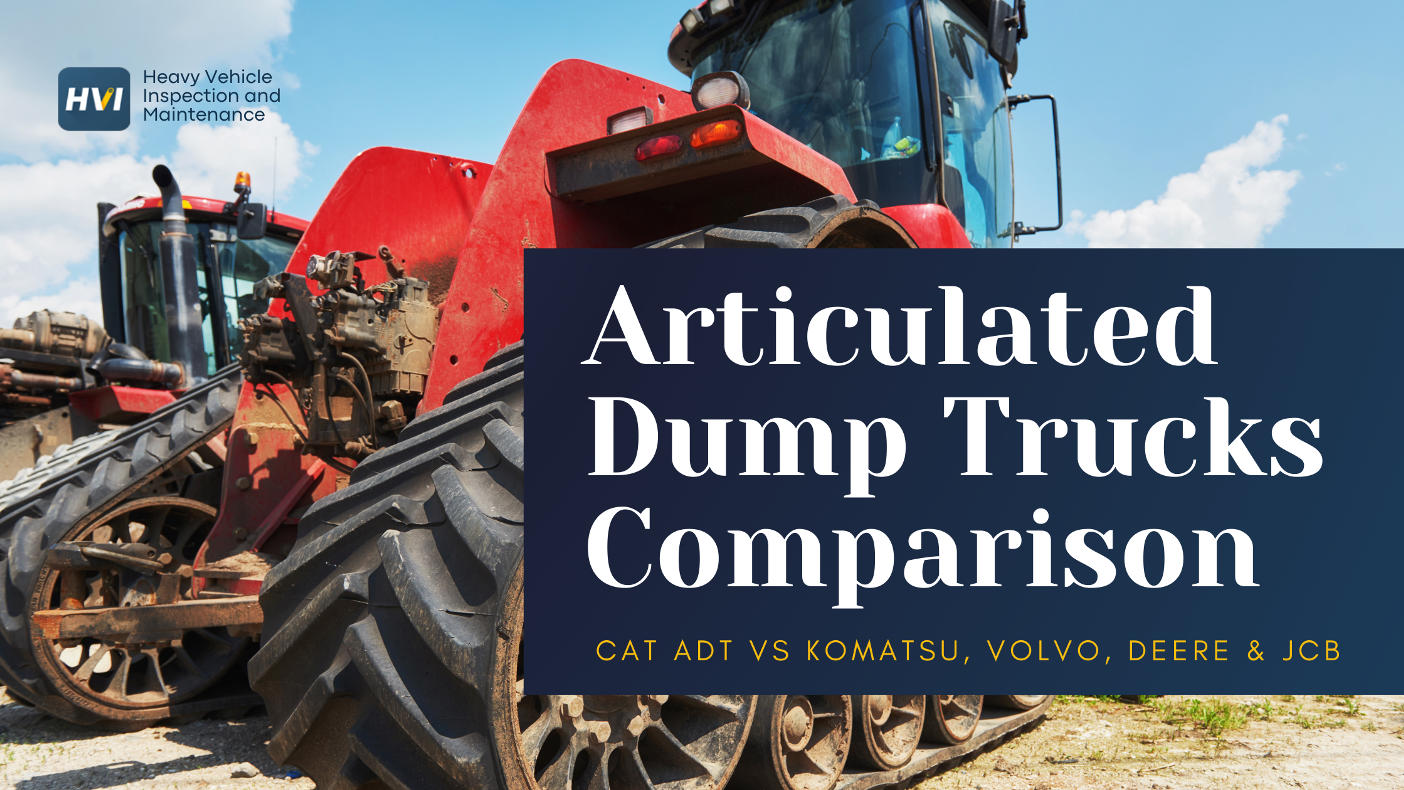Finding the best oil for a car that burns oil can dramatically reduce consumption, extend engine life, and save hundreds of dollars annually in oil top-offs and potential repairs. Over 12 million vehicles in the US consume excessive oil due to worn seals, aging piston rings, or valve guide wear, costing owners an average of $400-800 per year in replacement oil and related maintenance. The right oil choice can reduce consumption by 40-70% while providing enhanced protection for aging engine components.
This comprehensive guide provides expert recommendations for oils specifically formulated to address oil burning issues, covering viscosity selection, seal conditioning technology, cost-effective solutions, and maintenance strategies that can add years of reliable service to high-consumption engines without expensive rebuilds.
Oil Burning Problem Impact
Dealing with excessive oil consumption?
Find the right oil solution to reduce burning and extend engine life.
Understanding Why Cars Burn Oil
Oil burning occurs when engine oil enters the combustion chamber and gets consumed during the combustion process, typically appearing as blue smoke from the exhaust. This problem affects vehicles of all ages but becomes more common as engines accumulate mileage and components wear beyond design tolerances.
Understanding the root causes helps select appropriate oils and maintenance strategies that can significantly reduce consumption without expensive mechanical repairs that often exceed the vehicle's value.
Top 7 Best Oils for Cars That Burn Oil
These seven motor oils are specifically chosen for their ability to reduce oil consumption through enhanced seal conditioning, optimized viscosity characteristics, and advanced additive packages that provide superior protection in high-consumption engines.
- ✓ Advanced seal conditioners reduce consumption by 40-60% in most vehicles
- ✓ Price: $25-32 per 5-quart container, excellent value for consumption reduction
- ✓ Reduced volatility formula minimizes oil burn-off at high temperatures
- ✓ Available nationwide at Walmart, O'Reilly's, and major auto parts stores
- ✓ Phosphorus replacement technology reduces deposits while protecting seals
- ✓ Price: $28-35 per 5-quart container, premium high-mileage formulation
- ✓ Superior thermal stability maintains viscosity under high-temperature conditions
- ✓ Proven track record in severe oil consumption cases
- ✓ Advanced full synthetic with excellent seal compatibility and conditioning
- ✓ Price: $38-45 per 5-quart container, premium synthetic for maximum protection
- ✓ Reduces oil burn-off and helps prevent formation of new leaks
- ✓ Best choice for valuable vehicles worth preserving long-term
- ✓ Additive treatment increases oil viscosity and reduces consumption dramatically
- ✓ Price: $8-12 for additive + $20-25 for base oil, cost-effective solution
- ✓ Can reduce consumption by 60-80% in severe cases
- ✓ Best for vehicles with extreme consumption (1+ quart per 500 miles)
- ✓ Thicker viscosity provides better sealing in worn engines
- ✓ Price: $25-30 per gallon, excellent value for high-consumption engines
- ✓ Heavy-duty additive package provides superior protection under stress
- ✓ Suitable for older vehicles with substantial wear and high mileage
- ✓ PurePlus Technology helps clean sludge that can worsen oil consumption
- ✓ Price: $32-38 per 5-quart container, premium cleaning and protection
- ✓ Natural gas-derived base stock provides excellent thermal stability
- ✓ Ideal for engines with poor maintenance history contributing to burning
- ✓ Walmart's house brand offers basic seal conditioning at low cost
- ✓ Price: $16-22 per 5-quart container, most affordable high-mileage option
- ✓ API certified with basic seal conditioners and anti-wear additives
- ✓ Good choice for vehicles of limited value where cost control is priority
Viscosity Strategy for Oil Burning Engines
Viscosity selection plays a crucial role in managing oil consumption, as thicker oils provide better sealing in worn engines while maintaining adequate lubrication. Understanding when and how to modify viscosity can significantly reduce burning without compromising engine protection.
Cost Analysis: Oil Management vs. Engine Repair
For many vehicles experiencing oil burning, managing consumption with appropriate oils proves far more cost-effective than mechanical repairs, especially when engine rebuild costs exceed vehicle value. Understanding the economics helps make informed decisions about repair vs. maintenance strategies.
Maintenance Strategies for Oil Burning Engines
Vehicles that burn oil require modified maintenance approaches to maximize engine life while managing consumption cost-effectively. These strategies help extract maximum value from oil investments while monitoring engine condition for future decisions.
Frequent Oil Level Monitoring
Check oil level weekly or every 500 miles, whichever comes first. Keep 2-3 quarts of the same oil brand for top-offs. Running low can cause catastrophic damage that exceeds consumption management costs by thousands of dollars.
Shortened Change Intervals
Change oil every 3,000-4,000 miles regardless of oil quality to remove combustion byproducts and contaminants. Oil burning introduces additional contaminants that accelerate oil degradation and component wear.
PCV System Maintenance
Replace PCV valve and clean breather elements annually. Malfunctioning PCV systems increase crankcase pressure and worsen oil consumption through multiple pathways including valve seals and gaskets.
Driving Habit Modifications
Avoid extended high-RPM operation and allow proper warm-up before driving. Gentle driving reduces oil consumption while hard acceleration and high speeds increase consumption through higher pressures and temperatures.
When to Consider Professional Repair
While oil management proves effective for most consumption issues, certain symptoms indicate mechanical problems requiring professional evaluation. Understanding these warning signs helps make informed decisions about continued oil management versus repair investment.
- ⚠ Oil consumption exceeding 1 quart per 500 miles despite high-mileage oil treatment
- ⚠ Significant compression loss indicated by rough idle or power reduction
- ⚠ Constant blue smoke from exhaust during normal operation
- ⚠ Oil consumption accompanied by coolant loss or overheating issues
- ⚠ Metallic particles or contamination visible in used oil
- ⚠ Vehicle value exceeding $8,000-10,000 where repairs remain economical
Advanced Solutions for Severe Oil Burning
Vehicles with extreme oil consumption may benefit from advanced treatment approaches that combine multiple strategies for maximum effectiveness. These solutions work best for engines with substantial wear but remaining mechanical integrity.
Oil Additive Treatments
Lucas Oil Stop Leak, Bar's Stop Leak, or STP Oil Treatment can reduce consumption by 50-80% when combined with appropriate base oils. Use 1 bottle per oil change and monitor for over-thickening that affects circulation.
Engine Flush Procedures
Professional engine flushes remove sludge and deposits that worsen consumption by preventing proper ring sealing. Perform flushes every 30,000-50,000 miles or when switching oil types for maximum benefit.
Fuel System Cleaning
Clean fuel injectors and intake valves to ensure complete combustion. Poor combustion increases cylinder pressure variations that worsen oil consumption through blow-by and valve guide wear.
Compression Enhancement
Compression-enhancing additives (Sea Foam, Marvel Mystery Oil) can temporarily improve sealing in worn rings. Use sparingly and monitor for improvements in consumption and performance.
Maximizing Engine Life with Oil Burning Management
Successfully managing oil consumption transforms what could be an expensive mechanical problem into a manageable maintenance issue. With proper oil selection, monitoring, and care, engines that burn oil can continue providing reliable service for years while avoiding costly repairs that often exceed vehicle value.
The key to success lies in understanding that oil burning management is a comprehensive strategy, not just an oil change. Combining high-mileage oils with appropriate viscosity, seal conditioning additives, modified maintenance schedules, and careful monitoring creates a sustainable approach that maximizes both engine life and cost-effectiveness.
Whether your vehicle consumes a quart every 3,000 miles or burns through oil more rapidly, the right combination of oil technology and maintenance strategy can significantly reduce costs while extending reliable operation. Focus on proven solutions rather than expensive miracle cures, and remember that successful oil burning management often proves more economical than attempting repairs in high-mileage vehicles.
Frequently Asked Questions
Ready to solve your oil burning problem with the right oil choice?
Find effective solutions to reduce consumption and extend engine life.
Book a Demo
.png)



